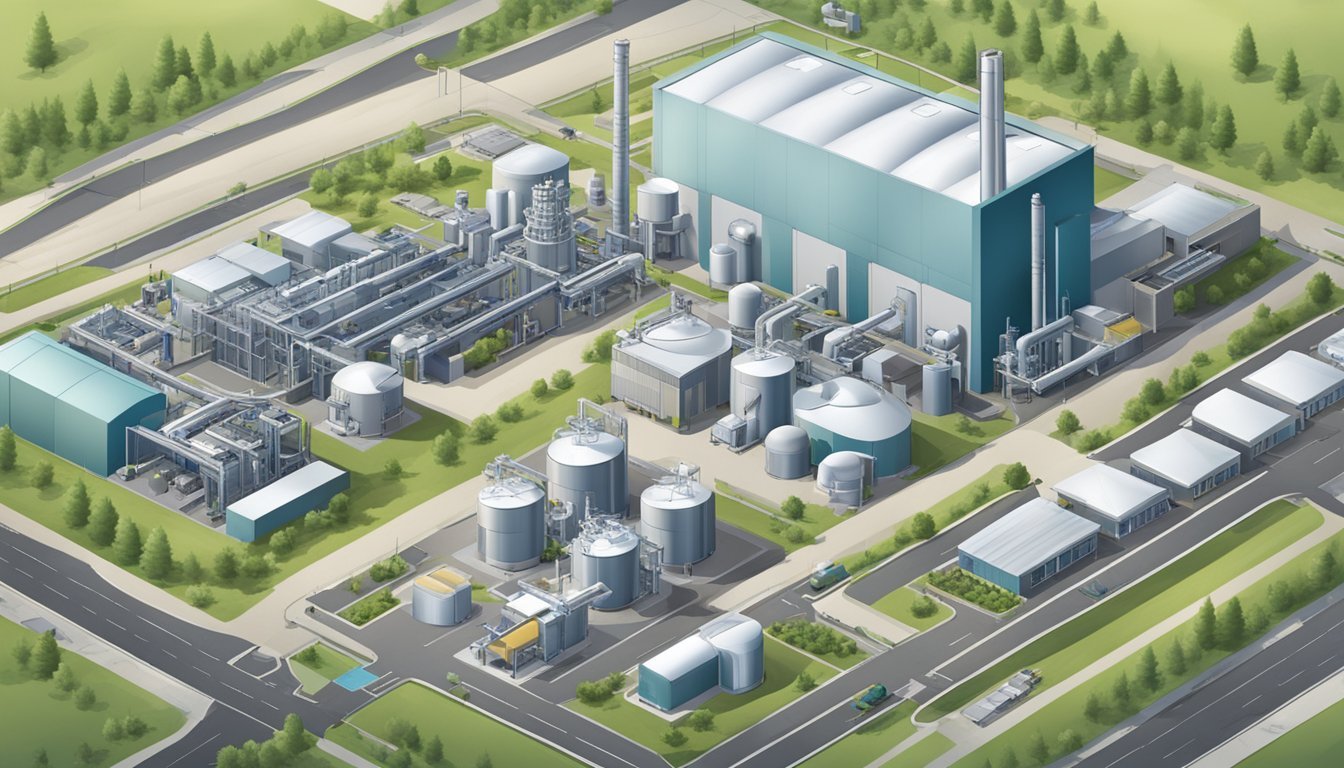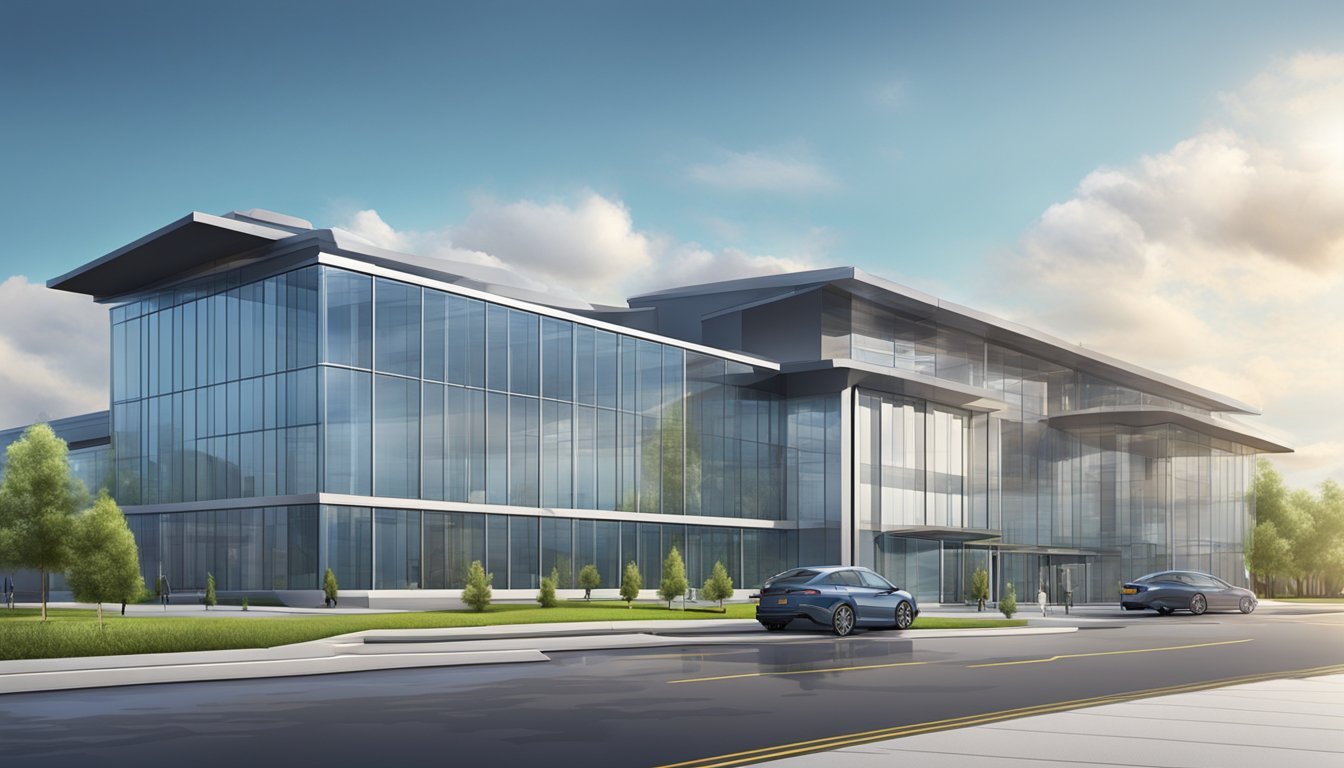Tesla Austin Build Quality: Are Texas-Made Model Ys Really Superior?
Tesla's Gigafactory in Austin, Texas has been a topic of keen interest among electric vehicle enthusiasts since its inception. This massive facility produces the popular Model Y, raising questions about potential differences in build quality compared to the Fremont factory. While initial expectations were high for superior craftsmanship from Austin-built vehicles, recent reports suggest that build quality may be comparable between the two manufacturing locations.
Owners and industry experts have closely scrutinized Austin-built Model Ys, examining panel gaps, paint quality, and overall fit and finish. Some early assessments indicated promising improvements in assembly quality from the Texas facility. However, as production has ramped up, it appears that build quality variations persist regardless of the manufacturing site.
The Tesla community remains divided on whether Austin-built Model Ys truly offer superior quality. Some owners report excellent experiences with their Texas-made vehicles, while others have encountered issues similar to those found in Fremont-built cars. This ongoing discussion highlights the importance of individual vehicle inspections and the need for consistent quality control across all Tesla production facilities.
Overview of Tesla's Austin Facility
Tesla's Gigafactory in Austin, Texas represents a major expansion of the company's manufacturing capabilities. The facility produces several key vehicle models and incorporates advanced production techniques.
Production Capabilities
Giga Texas manufactures the Model Y SUV and is slated to produce the Cybertruck, Model 3, and Semi tractor-trailer. The factory utilizes large single-piece castings for the Model Y's front and rear underbody, streamlining production.
Tesla began limited Model Y production at the Austin plant in late 2021. The facility is crucial for meeting Tesla's production targets, particularly for the popular Model Y crossover.
The Austin-built Model Y initially used 2170 battery cells, similar to Fremont-made vehicles. However, Tesla aims to transition to its new 4680 cell format at the Texas factory.
Austin vs. Fremont Quality Comparison
While both facilities produce Model Y vehicles, the Austin plant incorporates newer manufacturing techniques. The use of large casting machines for body parts potentially improves build consistency and reduces complexity.
Early reports suggest Austin-built Model Ys may have some quality advantages over Fremont-made counterparts. However, comprehensive data on long-term reliability differences is not yet available.
Build quality can vary between individual vehicles regardless of manufacturing location. Tesla continues to refine its production processes at both plants to enhance overall quality and consistency.
Analysis of Austin Build Quality
Tesla's Austin Gigafactory produces Model Y vehicles with varying levels of build quality. Recent reports indicate improvements in some areas while challenges remain in others. Construction methods and industry comparisons provide insight into the factory's output.
Model Y Long Range (MYLR) Construction
The Austin-built MYLR features innovative manufacturing techniques. Front and rear castings simplify production and improve structural integrity. These single-piece castings reduce the number of components, potentially enhancing build consistency.
Austin MYLRs use 2170 batteries, providing range and performance comparable to Fremont-built models. Panel alignment remains a concern for some vehicles, with door misalignments reported by owners.
Quality control varies between individual cars. Some customers report excellent fit and finish, while others note issues requiring service center visits. Tesla continues to refine its production processes to address these inconsistencies.
Industry Benchmarking
Compared to established automakers, Tesla's Austin build quality shows both strengths and weaknesses. The factory's advanced robotics and manufacturing techniques rival industry leaders in some aspects.
Panel gaps and paint quality, historically challenging areas for Tesla, remain points of scrutiny. Some Austin-built vehicles meet or exceed industry standards, while others fall short.
Interior build quality and material choices generally receive positive feedback from owners and reviewers. The minimalist design helps reduce potential quality issues related to complex interiors.
Tesla's rapid production ramp-up at Austin presents unique challenges. As the factory matures, many expect build quality to stabilize and improve across all vehicles produced there.
Quality Metrics and VIN Verification
Tesla's Austin-built Model Y vehicles have garnered attention for their production quality. Examining VIN numbers and tracking specific issues provides insights into the manufacturing processes at the Texas Gigafactory.
Tracking Production Quality
Tesla enthusiasts closely monitor build quality trends for Austin-made Model Ys. Online forums and social media groups serve as platforms for owners to share experiences. Many report positive outcomes, noting improvements in panel gaps and overall fit and finish.
A thread on the Tesla Motors Club forum tracks 2023 Austin builds. Owners post details about their vehicles, including VIN information and any quality concerns. This crowd-sourced data helps identify patterns in production batches.
Some Austin-built Model Ys receive high praise for build quality. Owners describe being "super impressed" with both interior and exterior finishes. This anecdotal evidence suggests potential advancements in Tesla's manufacturing processes at the new facility.
VIN-Specific Issues
VIN numbers provide valuable information about a Tesla's origin and production date. Austin-built Model Ys typically have VINs starting with "7SAY". The subsequent characters can indicate specific production runs.
Some owners report VIN-related variations in build quality. For example, a VIN ending in "PA06" was noted for a white Model Y Long Range with tow package from Austin. Another VIN ending in "PA04" was associated with a December 2022 build found on a lot in Kansas City.
Quality issues, when present, are often addressed through Tesla's service app. One owner reported an invoice exceeding $1400 for repairs, highlighting the importance of thorough inspections upon delivery.
Prospective buyers sometimes debate whether to accept Fremont-built vehicles or wait for Austin builds. However, Tesla may not allow customers to decline VINs based solely on manufacturing location.
Customer Experiences and Discussions
Tesla owners actively share their experiences with Austin-built Model Y vehicles on various online platforms. These discussions provide insights into build quality perceptions and comparisons with other Tesla manufacturing locations.
Reddit Threads and Reviews
Reddit serves as a hub for Tesla Model Y owners to discuss build quality from the Austin Gigafactory. Some users report positive experiences, noting good panel alignment and overall satisfaction. Others describe issues like door misalignment or minor fit and finish problems. A common theme is the variability in quality, with experiences differing from vehicle to vehicle.
Users often compare Austin builds to those from Fremont, with mixed opinions on which facility produces better quality vehicles. Some argue that build location doesn't necessarily determine quality, emphasizing that individual experiences can vary regardless of origin.
Comparative Feedback
Owners frequently compare Tesla's build quality to other electric vehicle manufacturers. Some Tesla owners who have experienced other EVs, such as the Ford Mach-E, Hyundai Ioniq 5, or Rivian R1S, note that these competitors often exhibit better build quality and material choices.
The BMW iX is mentioned as having superior build quality compared to Tesla models. However, Tesla enthusiasts often emphasize that despite potential quality issues, the overall package of features, performance, and technology still makes the Model Y attractive.
Forum discussions highlight that while Austin-built Teslas may have improved in some areas, consistency remains a challenge. Prospective buyers are advised to inspect their vehicles carefully upon delivery, regardless of the manufacturing location.
Common Quality Concerns
Tesla's Austin-built vehicles have faced scrutiny over several recurring quality issues. Customers and industry observers have noted concerns in three main areas: paint quality, panel gaps and alignment, and interior finishing. These aspects can significantly impact the overall perception and satisfaction with the vehicles.
Paint Quality
Paint problems have been reported on some Austin-built Teslas. Issues include inconsistent color matching between body panels, thin paint application, and visible orange peel texture. Some owners have noticed paint imperfections like runs or drips, particularly around complex body contours.
Tesla has made efforts to improve its paint processes, but challenges persist. The company uses a water-based paint system that is more environmentally friendly but can be more difficult to apply consistently. Quality control measures have been implemented to catch and correct paint flaws before vehicles leave the factory.
Panel Gaps and Alignment
Panel gaps and alignment issues remain a common concern for Tesla vehicles, including those from the Austin factory. Owners have reported uneven spacing between body panels, misaligned doors, trunks, and hoods. These problems can affect the vehicle's appearance and potentially its weatherproofing.
Tesla has acknowledged this issue and claims to have tightened tolerances in production. However, some Austin-built cars still exhibit noticeable panel gap variations. The company has encouraged customers to report such issues for correction during the delivery process or under warranty.
Interior Finishing
Interior quality concerns in Austin-built Teslas include:
Loose or misaligned trim pieces
Inconsistent material quality
Squeaks and rattles from interior components
Issues with the fit and finish of the cargo cover
Some owners have reported problems with seat upholstery, dashboard materials, and the alignment of interior panels. Tesla has made improvements in this area, but attention to detail in interior assembly remains an ongoing focus for quality enhancement at the Austin factory.
Digital and Physical Security Measures
Tesla's Austin facility employs robust digital and physical security protocols to safeguard operations and data. These measures protect against unauthorized access and potential threats.
Implementing Two-Factor Authentication
Tesla utilizes two-factor authentication (2FA) across its digital systems. This security feature requires users to provide two different authentication factors to verify their identity. Employees must enter their username and password, followed by a second form of verification like a fingerprint scan or mobile app code.
2FA significantly reduces the risk of unauthorized access, even if passwords are compromised. Tesla regularly updates its 2FA protocols to stay ahead of emerging threats. The company also educates staff on best practices for creating strong, unique passwords for each account.
Securing User Data
Tesla prioritizes the protection of user data through multiple layers of security. The company employs encryption for data in transit and at rest. This ensures sensitive information remains unreadable if intercepted.
Tesla's privacy policy outlines how user data is collected, used, and protected. Regular security audits help identify and address potential vulnerabilities. The company also implements strict access controls, limiting data access to authorized personnel only.
Tesla's user agreement details the terms of service and data handling practices. Users have options to manage their privacy settings and control what information is shared. The company complies with relevant data protection regulations and industry standards to maintain user trust and data integrity.
Ownership Experience
Tesla Model Y owners from the Austin factory report mixed experiences. Quality issues have been noted, but many appreciate the vehicle's performance and features. Long-range versions are particularly popular among buyers.
Cost of Ownership
The Tesla Model Y from Giga Texas offers competitive ownership costs. Lower fuel expenses compared to gas vehicles provide significant savings. Electricity rates vary by region, impacting charging costs. Some owners report reduced maintenance needs, contributing to long-term savings.
Insurance premiums for Model Y can be higher than average due to advanced technology and repair costs. Depreciation rates remain favorable, with Tesla vehicles generally retaining value well. The initial purchase price is a major factor, but potential tax incentives can offset this expense in some areas.
Maintenance and Servicing
Maintenance for Austin-built Model Ys is generally straightforward. Electric powertrains have fewer moving parts, reducing routine service needs. Over-the-air updates often resolve software issues without dealership visits.
Some owners report challenges with service center availability and appointment scheduling. Tesla's mobile service option offers convenience for minor repairs and maintenance. Quality concerns, such as panel gaps, may require additional service visits for some vehicles.
Tire replacements and brake service are common maintenance items. Battery degradation appears minimal in early reports, but long-term data is still limited. Tesla's warranty covers major components, providing peace of mind for owners.





